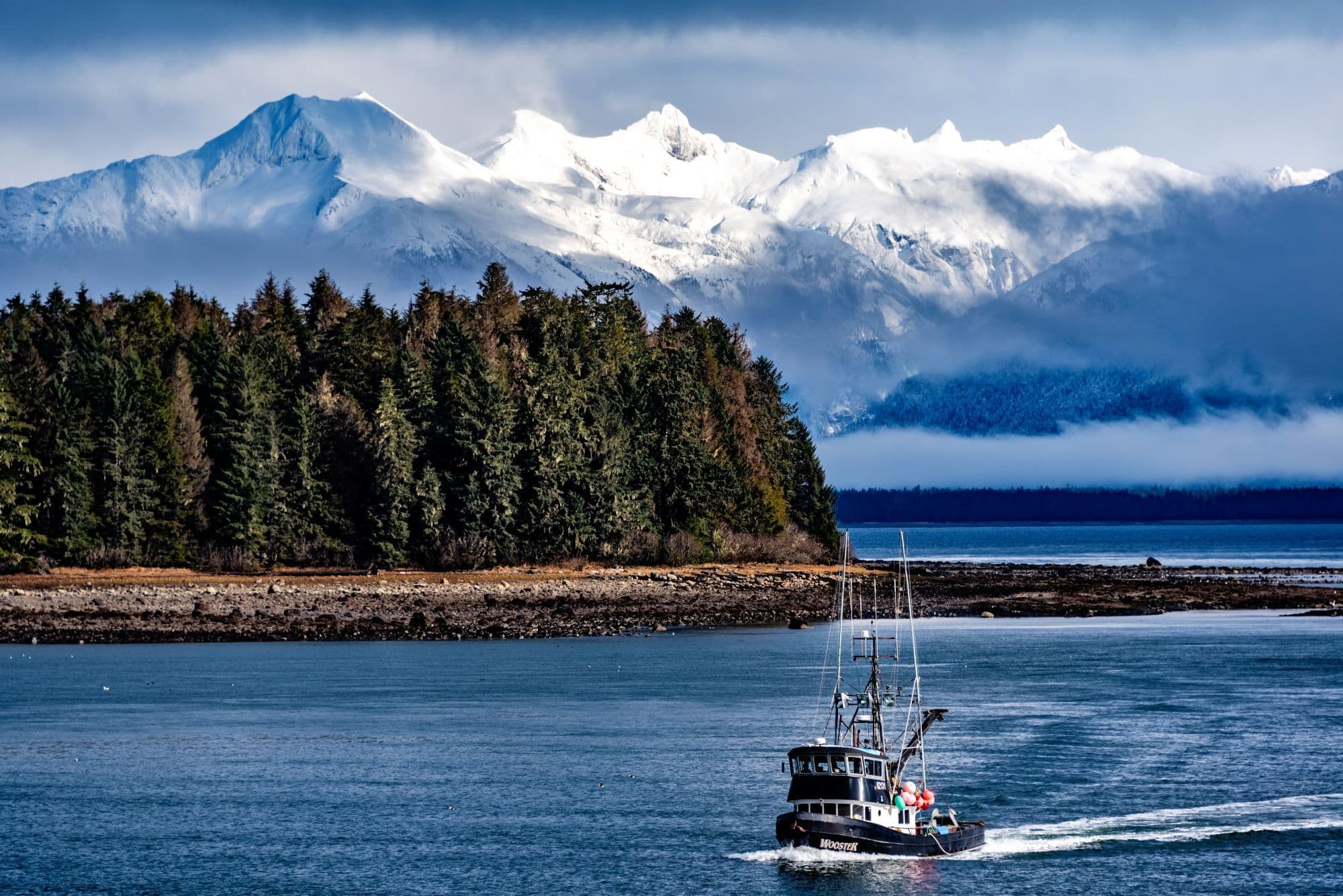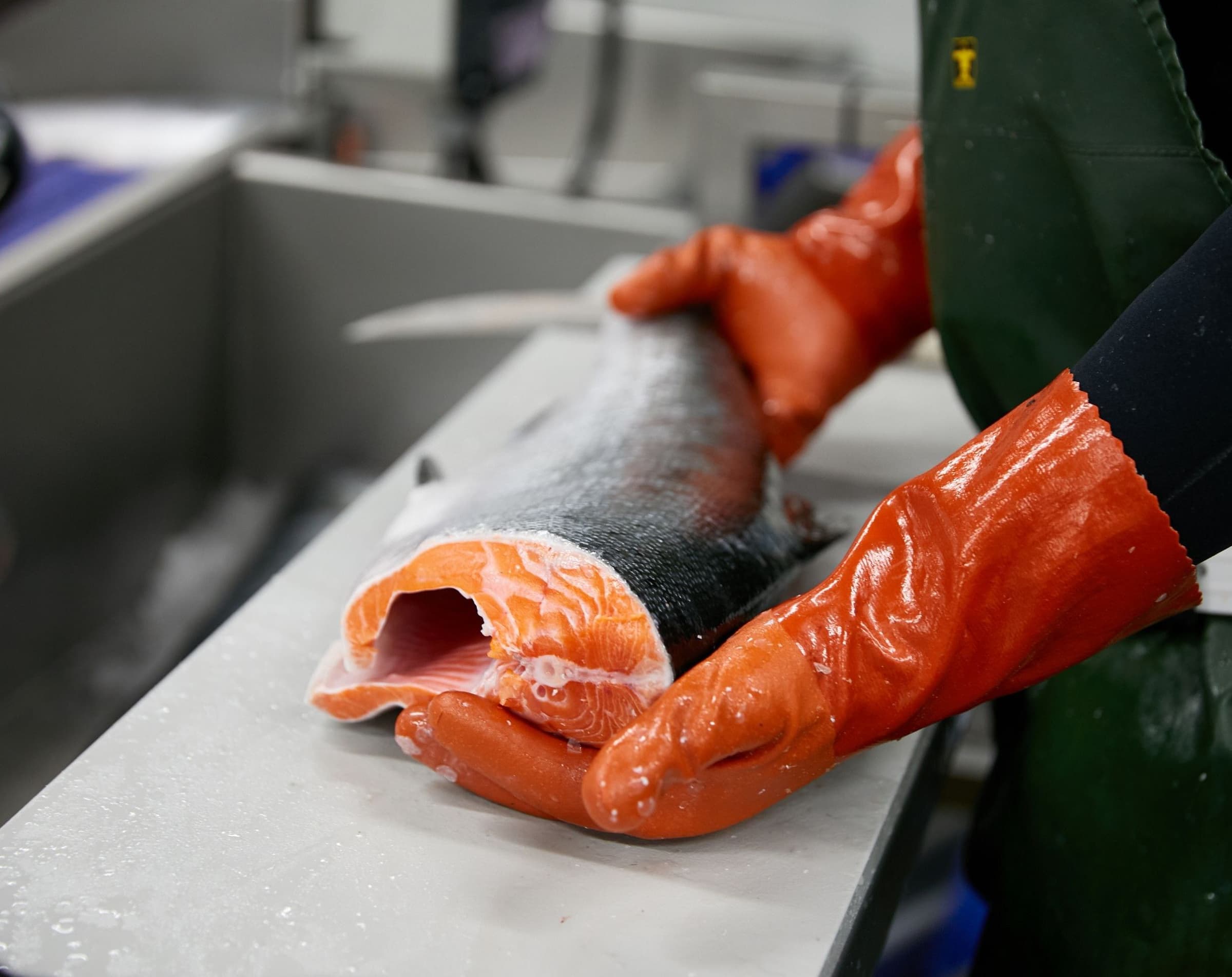At Sitka Seafood Market, we believe in transparency, traceability, and truth — especially when it comes to what’s in your food. As consumers become more aware of environmental contaminants like PFAS (per- and polyfluoroalkyl substances), mercury, and microplastics, we want you to know one thing with confidence:
The wild seafood we source is among the cleanest and safest in the world.
Specifically, the Alaska seafood that we source is backed by state and federal testing, and it’s one of the reasons we predominantly choose to work with small-boat fishermen in Alaska’s pristine, cold northern waters.
What Are PFAS — and Should You Be Concerned?
PFAS are synthetic chemicals used in products like nonstick cookware, water-resistant gear, and food packaging. They’re often called “forever chemicals” because they break down slowly and can accumulate in the environment and human bodies over time.
Why it matters:
PFAS are part of a broader group known as persistent organic pollutants (POPs) — substances that resist degradation, travel long distances in the environment, and pose risks to human and ecosystem health.
In essence, PFAS represent an emerging concern within the broader category of POPs due to their widespread use, persistence, and potential to disrupt hormonal, immune, and developmental systems. They’ve been found in water sources, soil, and in some types of seafood — especially species harvested near industrialized or polluted areas.
How Sitka Seafood Market Seafood Is Different
The majority of the wild fish we source come from the clean, remote waters of Alaska — far from the high-risk zones associated with PFAS contamination. Testing by the State of Alaska and third-party research confirms:
- No measurable PFAS in commonly consumed Alaska species like sockeye salmon, halibut, cod, or sablefish
- No health concerns for consumers based on current PFAS detection limits
- Regular monitoring and testing to ensure continued safety and quality
At Sitka Seafood Market, we are confident in saying that our wild Alaska seafood is free from concerning levels of PFAS and other POPs.
They’ve been found in some seafood — particularly in species harvested near heavily industrialized or urban waters. But here’s what sets the Alaska seafood we source apart:
Independent testing by the State of Alaska has consistently shown:
- Non-detectable or extremely low levels of PFAS in wild Alaska seafood
- No public health concerns for consumers eating Alaska fish
- No measurable PFAS in commonly consumed species like sockeye salmon, halibut, cod, and sablefish
The Alaska seafood we source comes from remote, clean ocean ecosystems, far from the industrial pollution seen in other regions.

Alaska’s Clean Waters = Seafood You Can Trust
Decades of monitoring by the Alaska Department of Environmental Conservation (DEC) and federal agencies confirm that Alaska’s wild-caught fish are:
- Low in mercury
- Free from dangerous levels of PCBs
- Below federal action levels for all tested contaminants
And most importantly—safe to eat frequently, including for children and pregnant people


